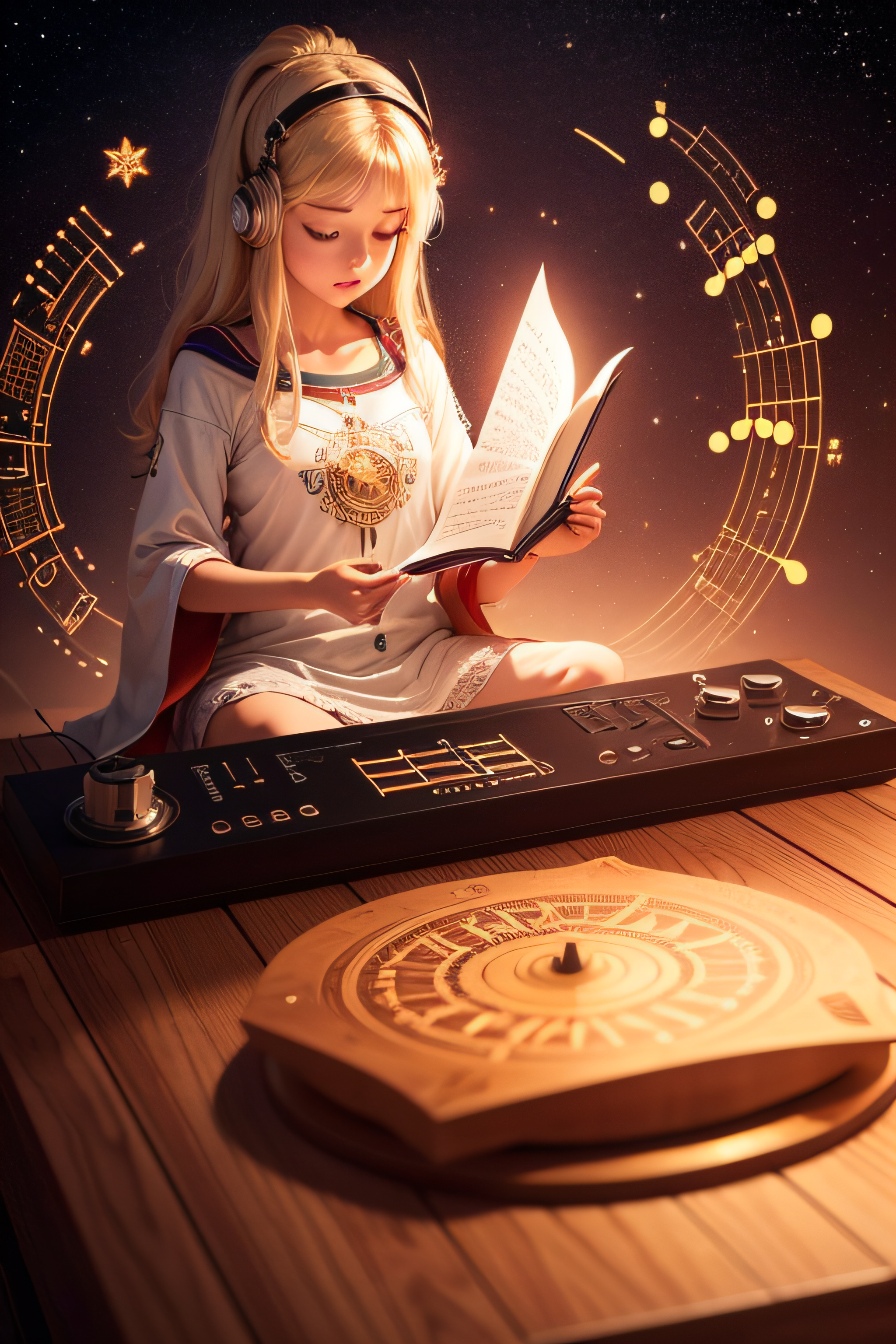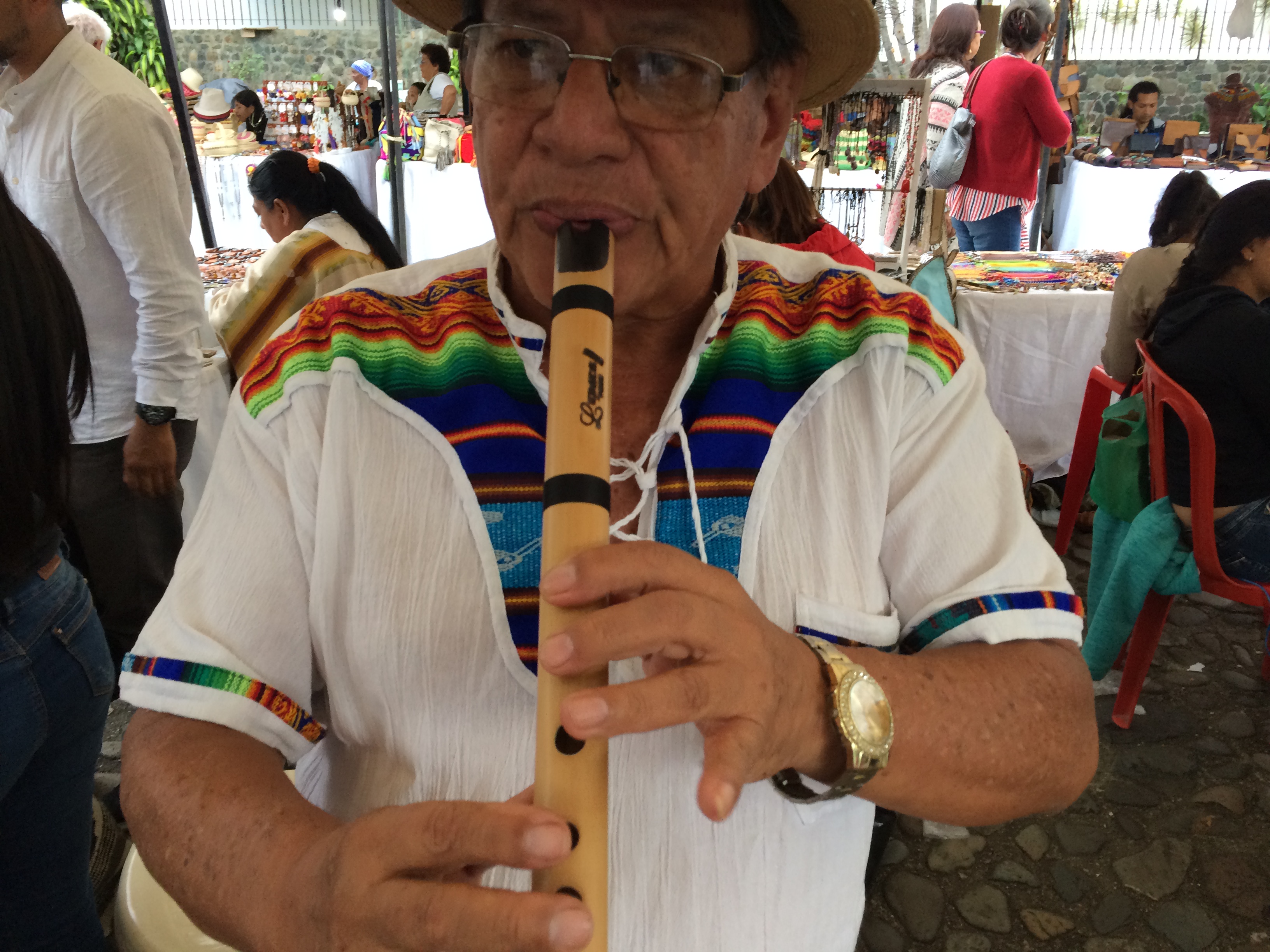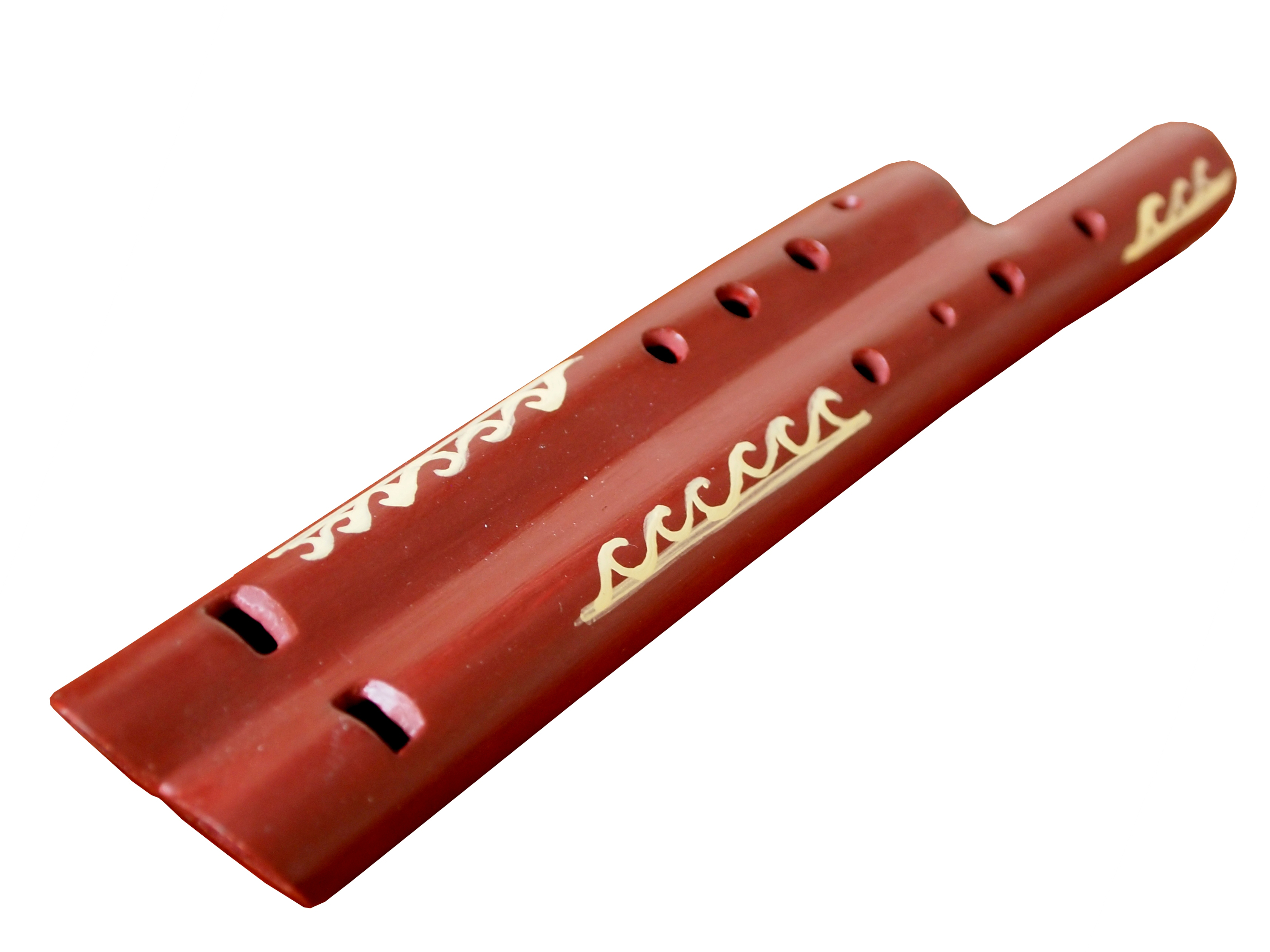The Ocarina: A Journey Through Time and Music
The ocarina is a wind musical instrument that has captivated people of all ages and cultures throughout history. Its distinctive shape and charming sound make it an object of fascination for both musicians and enthusiasts. In this article, we will explore the history and versatility of the ocarina, from its origins to its place in contemporary music.
Ancient Origins
The history of the ocarina dates back thousands of years. Primitive examples of this instrument have been found in different parts of the world, such as China, South America, and Africa. However, the most well-known and refined version of the ocarina comes from the ancient Mayan civilization in Mesoamerica.
The Maya created elaborate ocarinas in a variety of shapes and sizes. These ocarinas were made of clay and often had an artistic appearance with intricate decorations. They were used in both religious ceremonies and daily life.
The Renaissance of the Ocarina
Although Mayan ocarinas were impressive, the modern ocarina as we know it today was developed in the 19th century in Italy. It was a man named Giuseppe Donati who perfected the design and manufacturing technique of the ocarina. The Italian version of the ocarina had a characteristic oval shape and a hole system that allowed playing a wide range of notes.
Donati popularized the ocarina throughout Europe and eventually, the instrument crossed the ocean to America. During World War I and World War II, ocarinas became a welcome distraction for soldiers and were widely distributed in military camps.
The Ocarina in Popular Culture
The ocarina gained worldwide notoriety thanks to video games, particularly the "The Legend of Zelda" series, where the main character, Link, uses a magical ocarina to solve puzzles and advance the storyline. This sparked a resurgence in the instrument's popularity, and many young people were drawn to the idea of learning to play the ocarina.
The Ocarina in Contemporary Music
The ocarina has found its place in contemporary music and has been used in a variety of genres, from classical music to pop and folk. Its sweet and melodic sound makes it ideal for playing simple yet emotional melodies.
Today, ocarinas are manufactured from ceramics, plastic, and other materials, expanding their accessibility and versatility. Modern musicians have also experimented with electronic versions of the ocarina, incorporating effects and amplification to create a unique sound.
In summary, the ocarina is a fascinating musical instrument with a rich history and versatility that makes it relevant even in contemporary music. Its ability to evoke emotions and connect with people of all ages ensures that it will continue to be appreciated worldwide.








